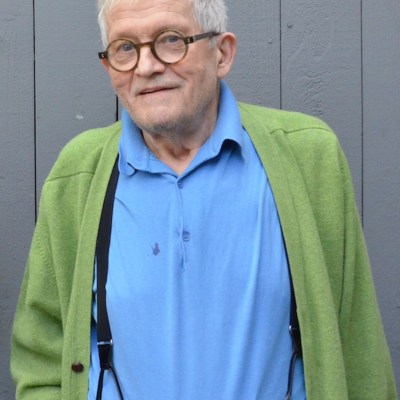Introducing Rakewell, Apollo’s wandering eye on the art world. Look out for regular posts taking a rakish perspective on art and museum stories.
This year may officially be the year of the rooster, but it seems the museum world is determined to put a cat amongst the poultry. In Washington D.C., the Archives of American Art Lawrence A. Fleischman Gallery is staging an exhibition entitled ‘Before Internet Cats: Feline Finds from the Archives of American Art’ (until 29 October). The show brings together some 60 feline themed exhibits, including works by the likes of Louise Nevelson and Jasper Johns.
The exhibition also features an unpublished manuscript authored by art historian Elizabeth McCausland, in which she imagines a conversation with a cat named March Lion. Any readers tantalised by this might be interested to learn that Marcel Broodthaers went one further by actually recording an interview with his unfortunate moggy…
However, all this is nothing compared to the efforts of retired North Carolina college professor Harold ‘The Cat Man’ Sims, who last month opened an entire museum devoted to exploring the bond between humans and cats, from Ancient Egypt to the present day. According to the Charlotte Observer, the American Museum of the House Cat, as Sims has styled it, features a collection of more than 10,000 artefacts. They include a petrified cat discovered in a 16th-century English chimney, ornaments and even a picture of Stalin posing with feline friend.
Here in London, meanwhile, Peckham’s annual Bold Tendencies show is also cat-ching on. The artist Ewa Axelrad has replicated Landseer’s Trafalgar Square lion sculptures and placed them atop the exhibition’s multi-storey car park venue, as a statement on the ‘current condition of public protest, civic unrest and civil liberties’.
Loving the lions @BoldTendencies pic.twitter.com/93hFaHiRAA
— The Peckham Peculiar (@peckhampeculiar) May 18, 2017
One hopes Axelrad’s working conditions were a little more sanitised than Landseer’s. In order to sculpt the original Trafalgar Square big cats, the artist procured the carcass of a real lion from London Zoo. Unfortunately, it had rotted to the point of total decomposition before he could finish – thus accounting for some peculiar anatomical inaccuracies.
Got a story for Rakewell? Get in touch at rakewell@apollomag.com or via @Rakewelltweets.




